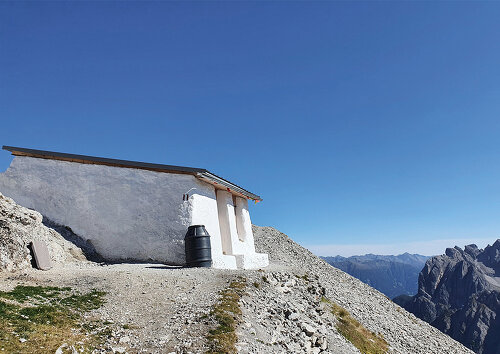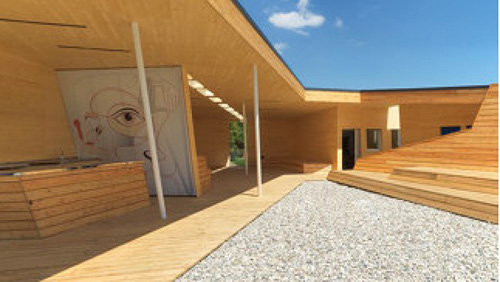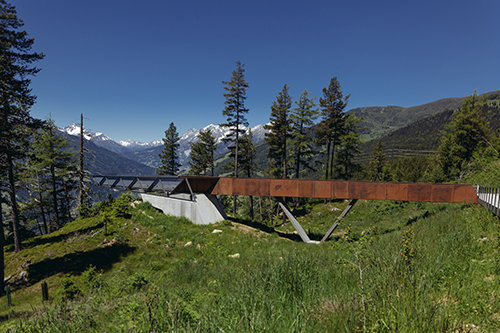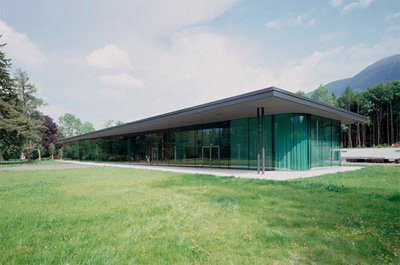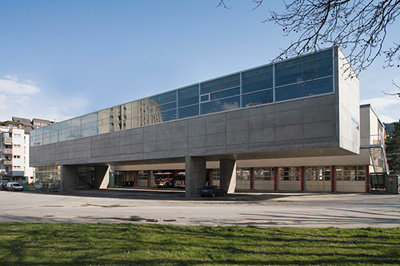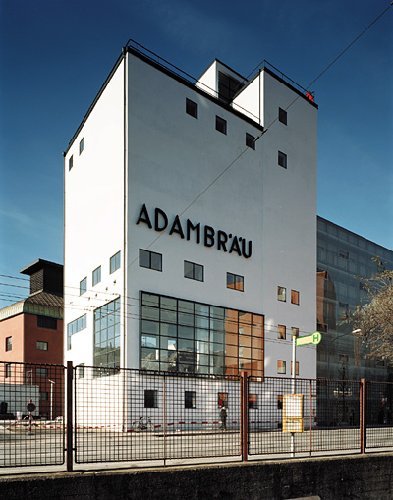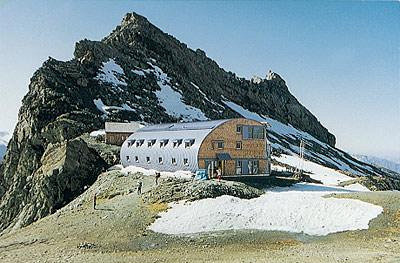Reconstruction of the Linderhütte Alpine Hut
Architecture: Plattform Architektur Osttirol (2020-2021) Builder-owner: ÖTK Lienz Accessibility: From the Klammbrückl hikers’ parking lot via the Kerschbaumeralm Refuge (a walk of several hours)
Built in 1883 in exposed high alpine surroundings on Spitzkofel Mountain (Lienz Dolomites), the Linderhütte was largely destroyed by a storm in 2018. On the initiative of several architects from Lienz, the small hut was rebuilt with the help of donations, sponsorship and voluntary work. The shape, dimension and materiality of the historic old structure were not changed, and a self-supporting "inner chamber” made of solid wood elements was placed in the reconstructed solid building.


